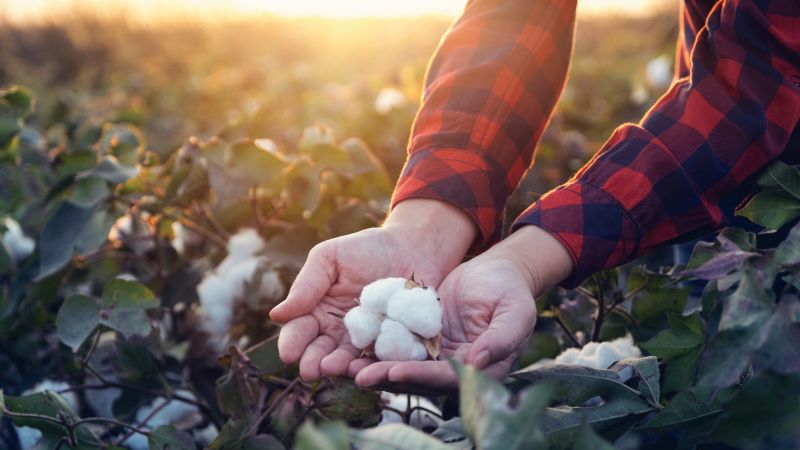How the Ukraine Crisis Impacts Cotton and Textiles
The invasion of Ukraine by Russia is creating a tailspin in the global markets, particularly in the energy sector.
Crude oil price is trading about $104 per barrel, which will certainly affect stock markets, commodities, and metal prices. More importantly, it will have an impact on consumer psyche and their buying power, which is important for the global textiles sector.
Immediate reactions by the United States, the EU, and UK focus on imposing economic sanctions against Russia, which is only going to harden. This will impact crude oil and natural gas prices, as Russia is a major exporter of these commodities to EU nations like Germany. One may also swiftly see the strengthening of the dollar, which will, at least for the immediate future, see higher prices for imports from the United States.
The cotton market, which is experiencing a tight supply, will see uncertainty and added volatility due to uncertain demand and ripple effects from higher energy prices. More importantly, as many EU countries depend on wheat and energy products from Russia and Ukraine being the breadbasket for Europe, increased prices of these commodities will influence the overall markets and consumer confidence.
“The market will be more volatile,” stated Velmurugan Shanmugam, General Manager of India’s Jayalakshmi Textiles – a 100% cotton spinning mill with 72,000 spindles creating fine count cotton yarns for the home textiles market. India exports cotton home textiles to EU countries like Germany, and a crisis in that part of world will impact textile exports and consumption.
Cotton prices have been seeing an upward trend in recent months. In recent weeks, the expected invasion by Russia has been impacting commodity markets. For example, in India over the past 20 days, the mill delivered price for MCU-5 cotton has climbed from Rupees 78,000 per candy (356 Kgs) to its current level at 83,000 per candy (356 Kgs).
With the current global situation, uncertainty will increase, added Shanmugam. He pointed out that as gas prices are expected to increase, consumers will pay more attention in buying textile items, which may have an impact on textile exports.
Textile demand and prices not only depend on cotton and raw materials prices. Other factors such as regional peace and security influence consumers’ interest in buying items such as textiles, which are heavily dependent on discretionary spending.
While anticipating high volatility in markets, the textile industry must carefully plan for stocking raw materials and work out transportation and operational costs.
With tighter economic sanctions on Russia expected soon, it is important to watch how the commodity and financial sectors will react – and the impact on the manufacturing and textile sectors.










